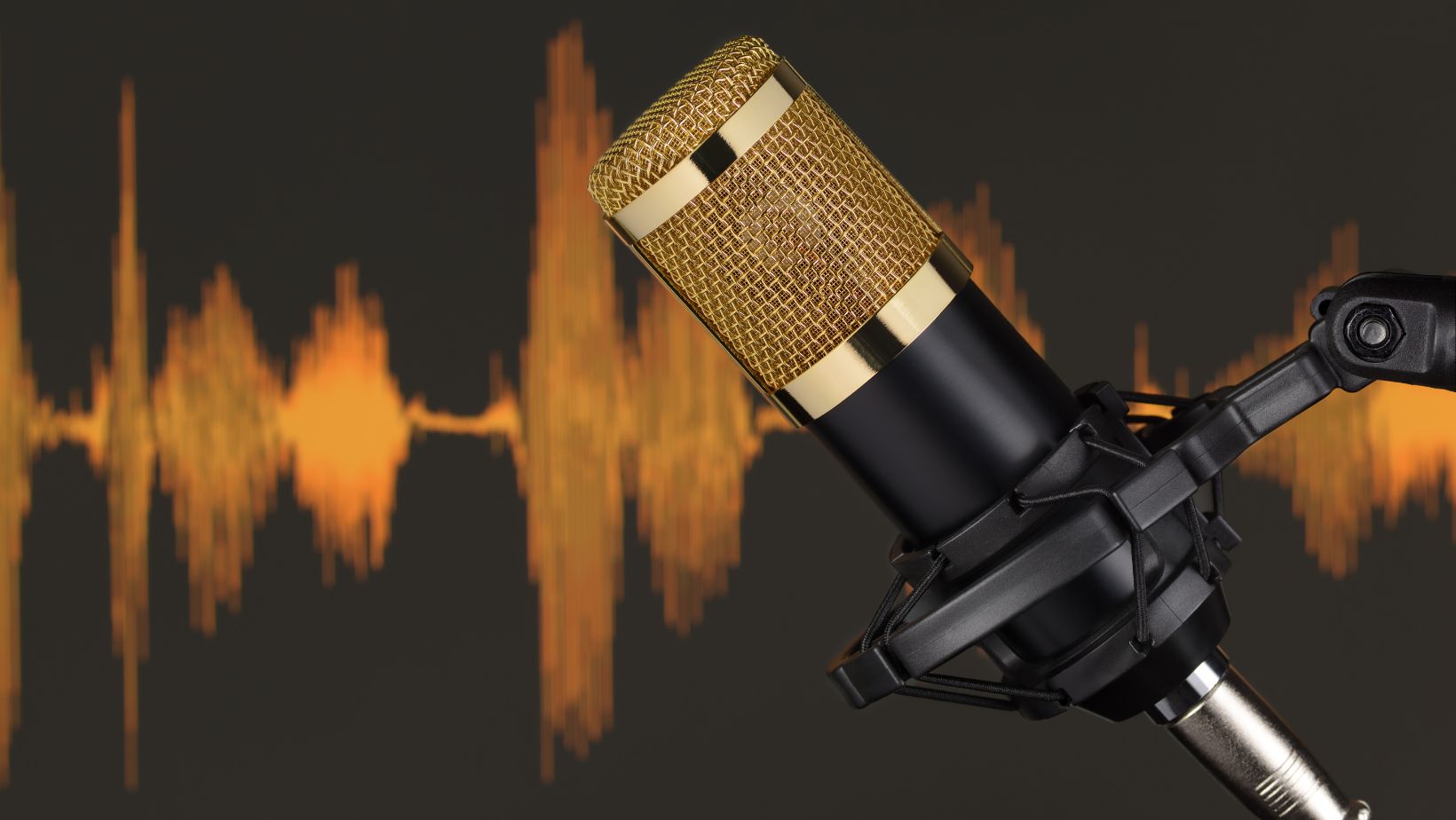The advent of artificial intelligence has transformed many aspects of our everyday lives, particularly in audio processing. This advancement is not merely a technological feat but also a gateway to improved accessibility, efficiency, and accuracy. As businesses and individuals seek to enhance their communication methods, voice-to-text solutions powered by AI have emerged as invaluable tools. Check out Server for AI Learning
The Rise of AI in Audio Processing
Artificial intelligence has made significant strides in audio processing capabilities. The development of machine learning algorithms allows systems to recognize and transcribe speech with impressive accuracy.
AI models get better over time by examining vast amounts of data, and they can adjust to various accents, dialects, and speech patterns. Voice recognition systems are now capable of understanding natural language processes more intuitively than ever before. This technology makes converting speech to text easier than ever, as users can simply speak into their devices, and the system captures their words in real time. This ease of use has propelled the adoption of voice-to-text solutions across numerous industries.
In sectors such as education, healthcare, and business, these advancements facilitate communication and collaboration. Educators can record lectures and automatically transcribe them for students, ensuring that no important information is missed.

Similarly, healthcare professionals can take patient notes hands-free, thus focusing entirely on patient care.
Applications in Diverse Industries
Various industries have embraced AI-driven voice-to-text applications to streamline their operations. In journalism, reporters can dictate their articles and have them transcribed without needing to type, speeding up the content creation process considerably. Legal professionals utilize such technologies to create transcripts of court proceedings swiftly, ensuring that all verbal exchanges are accurately recorded.
In customer service, companies implement voice recognition systems in their call centers, allowing for efficient handling of client queries. These systems are capable of interpreting customer requests and generating responses based on predetermined actions, thus enhancing customer satisfaction through quicker resolutions.
Healthcare providers also rely on voice-to-text tools to document patient notes during consultations, improving accuracy while reducing administrative workload. In education, lecturers and students use transcription software to convert spoken lessons into text, aiding in accessibility and study retention. The entertainment industry benefits as well, using these tools to generate subtitles for films, podcasts, and live broadcasts.
Manufacturing sectors apply voice-to-text systems on the factory floor, enabling hands-free reporting of equipment issues or inventory counts. Even in finance, analysts use transcription to quickly convert meeting discussions or earnings calls into text for later review and analysis.
Privacy and Security Considerations
While AI voice-to-text technologies offer numerous benefits, they also raise concerns regarding privacy and security. Sensitive information often gets transcribed during voice recordings, prompting potential data leaks or unauthorized access.
Users must remain vigilant and use secure platforms that prioritize data encryption and offer protection against breaches. Maintaining user consent is crucial. Clear communication about how audio recordings will be used and processed can help mitigate concerns surrounding privacy. As more individuals adopt these technologies, fostering a culture of transparency will be essential to building trust and ensuring responsible use.
organizations should implement strict access controls and regularly audit their systems to prevent misuse of transcribed data. Ensuring compliance with regulations such as GDPR or HIPAA is vital, especially in industries handling confidential information.
AI models should also be trained and tested with anonymized data whenever possible to safeguard personal identities.

Developers and service providers must stay proactive by updating security protocols and addressing emerging vulnerabilities. Balancing innovation with robust security measures will determine the long-term success and acceptance of voice-to-text solutions.
The Future of Voice Recognition Technology
As AI continues to evolve, the future of voice recognition technology looks promising. Innovations in deep learning and neural networks can further improve the accuracy and reliability of speech recognition systems. Companies are now exploring the use of emotion detection, which could help adapt responses based on the speaker’s tone or mood.
Integrating voice recognition with other emerging technologies, such as augmented reality and virtual reality, opens up new possibilities for immersive experiences. Imagine participating in a virtual meeting that seamlessly transcribes spoken content for all attendees while providing visual aids based on the discussion.
Advancements in multilingual capabilities will enable voice recognition systems to effortlessly switch between languages, broadening their accessibility and usability across global markets. As these systems become more sophisticated, they will increasingly adapt to various accents, dialects, and speech patterns, ensuring a more personalized experience for users.
Privacy concerns will likely drive further development of on-device processing, where data is processed locally rather than stored on centralized servers, providing enhanced security.
Artificial intelligence is reshaping the landscape of audio processing through advanced voice-to-text solutions. With applications widespread across various fields and the potential for future enhancements, AI is paving the way for more efficient and effective communication strategies. By addressing privacy concerns and continually advancing technology, voice recognition systems will likely play an even more crucial role in our daily lives.
